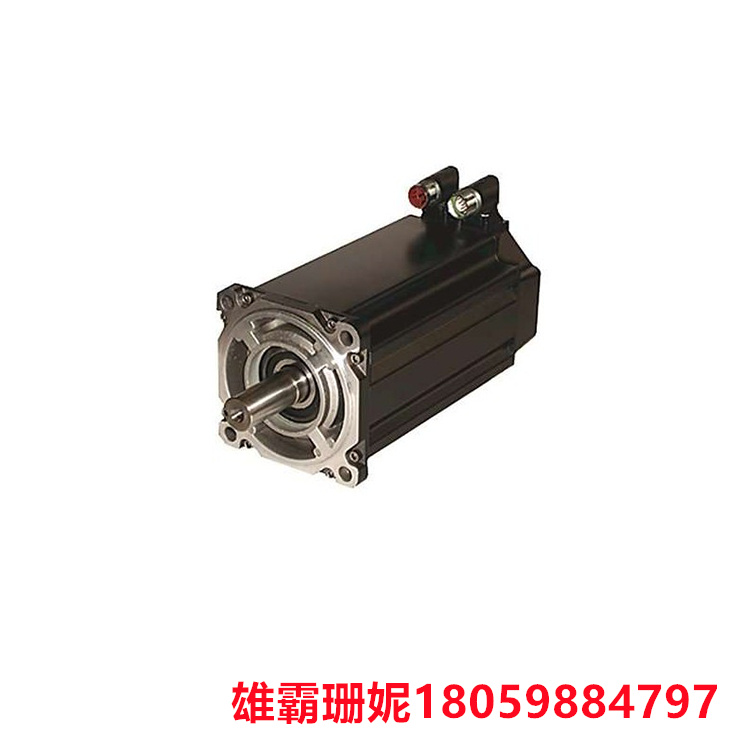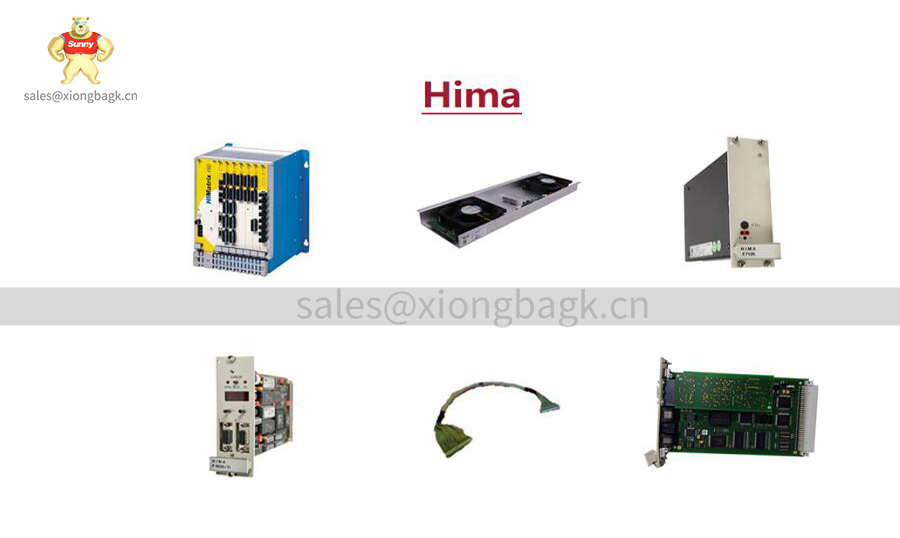
品牌:A-B
型号:MPL-B430P-MK74AA
MPL- b430p - mk74aa是Kinetix MPL的低惯量伺服电机的一部分。本伺服电机为400v级,无刷交流同步伺服电机。它有一个115毫米的框架尺寸,76.2毫米(3.0英寸)的磁铁堆长度,和5000 rpm的额定速度。该伺服电机内置多匝,1024 sin/cos,绝对编码器(Hiperface协议),作为反馈设备。MPL-B430P-MK74AA伺服电机配备了一个集成的24伏直流制动单元。它没有轴键,也没有预先应用轴密封。
MPL-B430P-MK74AA伺服电机是指在伺服系统中控制机械元件运转的发动机,是一种补助马达间接变速装置。伺服电机可以控制速度,位置精度非常准确,可以将电压信号转化为转矩和转速以驱动控制对象。伺服电机转子转速受输入信号控制,并能快速反应,在自动控制系统中,用作执行元件,且具有机电时间常数小、线性度高等特性,可把所收到的电信号转换成电动机轴上的角位移或角速度输出。
MPL-B430P-MK74AA 伺服电机分为直流和交流伺服电动机两大类。其主要特点是,当信号电压为零时无自转现象,转速随着转矩的增加而匀速下降。
MPL-B430P-MK74AA 伺服电机和步进电机在多个方面存在显著差异:
控制方式:步进电机通过控制脉冲的个数来控制转动角度,一个脉冲对应一个步距角。而伺服电机通过控制脉冲时间的长短来控制转动角度。
工作流程:步进电机工作一般需要两个脉冲:信号脉冲和方向脉冲。而伺服电机的工作流程相对简单,电源连接开关,再连接伺服电机即可。
低频特性:步进电机在低速时易出现低频振动现象。相比之下,伺服电机运转非常平稳,即使在低速时也不会出现振动现象。
矩频特性:步进电机的输出力矩随转速升高而下降,且在较高转速时会急剧下降,所以其最高工作转速一般在300~600r/min。而伺服电机为恒力矩输出,即在其额定转速(一般为2000或3000 r/min)以内,输出额定转矩,在额定转速以上为恒功率输出。
过载能力:步进电机一般不具有过载能力。而伺服电机具有较强的过载能力。
综上所述,伺服电机和步进电机在控制方式、工作流程、低频特性、矩频特性和过载能力等方面存在显著差异。在实际应用中,应根据具体需求选择合适的电机类型。

Brand: A-B
Model: MPL-B430P-MK74AA
The MPL-B430P-MK74AA is part of Kinetix MPL's low inertia servo motor. This servo motor is 400v class, brushless AC synchronous servo motor. It has a frame size of 115 mm, a magnet stack length of 76.2 mm (3.0 in), and a rated speed of 5000 rpm. The servo motor has built-in multi-turns, 1024 sin/cos, absolute encoder (Hiperface protocol), as a feedback device. The MPL-B430P-MK74AA servo motor is equipped with an integrated 24-volt DC braking unit. It has no shaft key and no pre-applied shaft seal.
MPL-B430P-MK74AA servo motor refers to the engine that controls the operation of mechanical components in the servo system, which is a supplementary motor indirect transmission device. The servo motor can control the speed, the position accuracy is very accurate, and the voltage signal can be converted into torque and speed to drive the control object. Servo motor rotor speed is controlled by the input signal, and can react quickly, in the automatic control system, used as an executive component, and has a small electromechanical time constant, high linearity characteristics, the received electrical signal can be converted into the angular displacement or angular speed output on the motor shaft.
MPL-B430P-MK74AA servo motor is divided into DC and AC servo motor two categories. Its main feature is that when the signal voltage is zero, there is no rotation phenomenon, and the speed decreases uniformly with the increase of the torque.
The MPL-B430P-MK74AA servo motor and stepper motor are significantly different in several aspects:
Control mode: The stepper motor controls the rotation Angle by controlling the number of pulses, and one pulse corresponds to one step Angle. The servo motor controls the rotation Angle by controlling the length of the pulse time.
Workflow: Stepper motor work generally requires two pulses: signal pulse and direction pulse. The work flow of the servo motor is relatively simple, the power is connected to the switch, and then the servo motor can be connected.
Low frequency characteristics: The stepper motor is prone to low frequency vibration at low speed. In contrast, the servo motor runs very smoothly and does not vibrate even at low speeds.
Torque frequency characteristics: the output torque of the stepper motor decreases with the increase of speed, and it will drop sharply at higher speed, so its maximum working speed is generally 300 ~ 600r/min. The servo motor is a constant torque output, that is, within its rated speed (generally 2000 or 3000 r/min), the output rated torque, above the rated speed is a constant power output.
Overload capacity: Stepper motors generally do not have overload capacity. The servo motor has a strong overload capacity.
In summary, there are significant differences between servo motors and stepper motors in terms of control mode, workflow, low frequency characteristics, moment frequency characteristics and overload capacity. In practical applications, the appropriate motor type should be selected according to the specific needs.


| ABB | G3FCb |
| ABB | HENF458568R1 |
| ABB | G3FD |
| ABB | HENF452692R1 |
| ABB | G3FE |
| ABB | HENF452697R1 |
| ABB | HENF452750R1 |
| ABB | E3EP |
| ABB | HENF315276R1 |
| ABB | E3ES |
| ABB | E5EAA |
| ABB | HENF105240R1 |
| ABB | G3EA |
| ABB | HENF315754R1 |
| ABB | G3EB |
| ABB | HENF315768R1 |
Copyright © 2022-2024 厦门雄霸电子商务有限公司 版权所有 备案号:闽ICP备14012685号-33